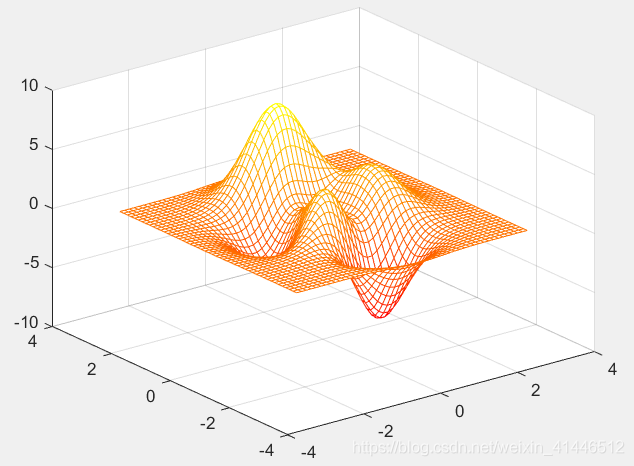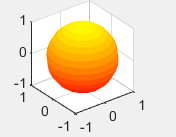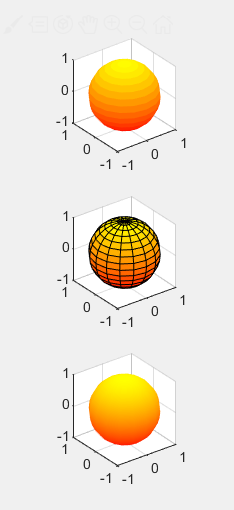
| plot | 在X轴和Y轴上都按线性比例绘制二维函数图形 |
| plot3 | 在X轴,Y轴和Z轴上都按线性比例绘制三维函数图形 |
| loglog | 在X轴和Y轴上都按对数比例绘制二维函数图形 |
| semilogx | 在x轴按对数比例,在y轴上按线性比例绘制二维函数图形 |
| semilogy | 在y轴按对数比例,在x轴上按线性比例绘制二维函数图形 |
| plotty | 绘制双y轴函数图形 |










| assignin | 在MATLAB工作区间中分配变量 |
| builtin | 外部加在调用内置函数 |
| eval | 字符串调用函数 |
| evalc | 执行MATLAB的表达式 |
| evalim | 计算工作区间中的表达式 |
| feval | 字符串调用M文件 |
| run | 运行脚本文件 |

 举报
举报
更多回帖
